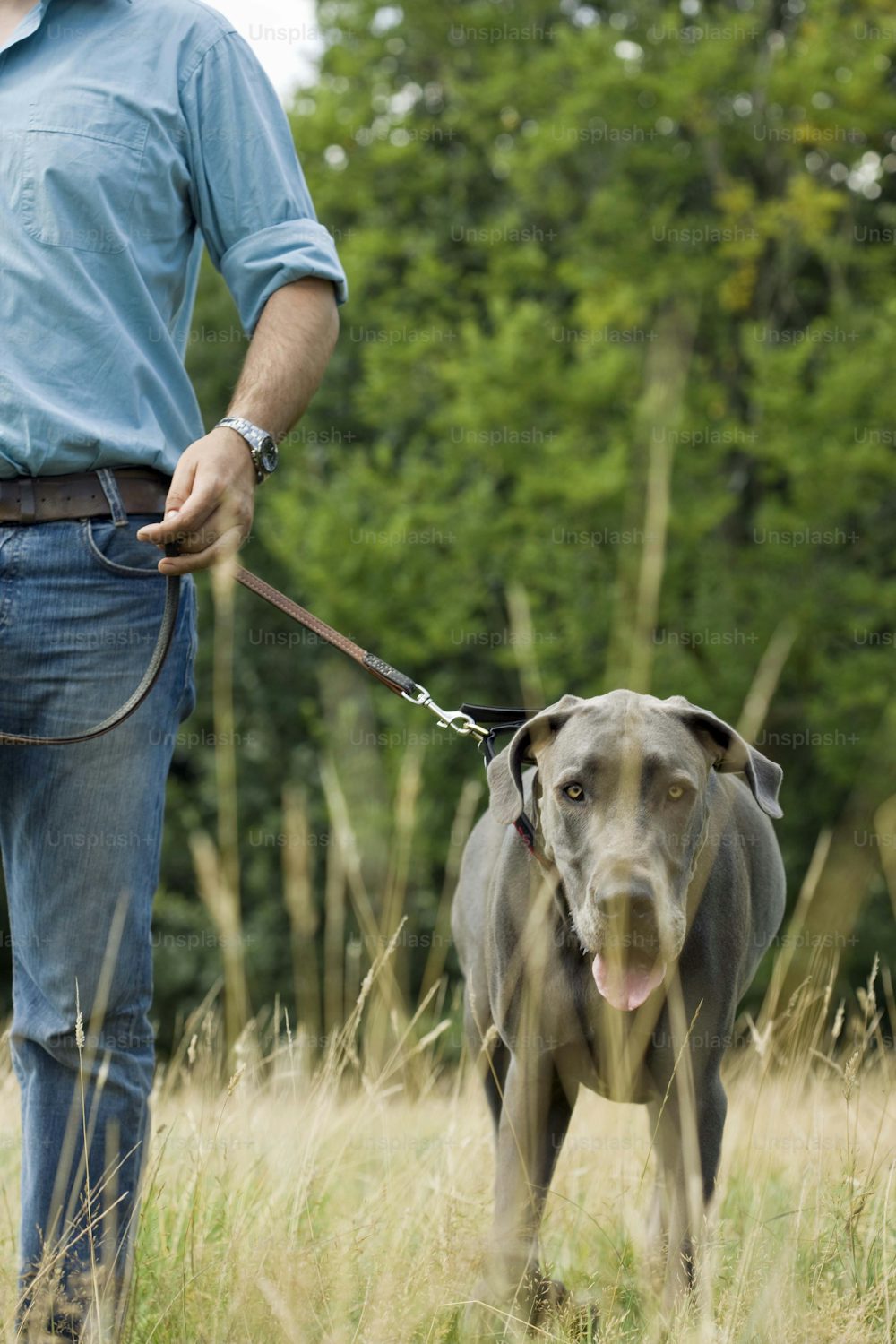Leash aggression, often called leash reactivity, is a common issue many dog owners face. While some dogs are calm and friendly off-leash, they may become aggressive, bark, or lunge when leashed during walks. This behavior can be distressing for the dog and the owner, making walks stressful and potentially dangerous if not properly addressed.
Understanding the root causes of leash aggression, why dogs react this way, and practical strategies to prevent and manage it is crucial. With the right approach and consistent training, you can turn your walks into a more enjoyable experience for you and your dog.
What is Leash Aggression?
Leash aggression occurs when a dog exhibits aggressive behaviors, such as barking, lunging, or growling when restrained by a leash. This behavior is often misinterpreted as a sign of an aggressive or dangerous dog, but leash aggression is often a response to frustration or fear. The dog feels trapped or restricted by the leash, and their inability to approach or flee from a stimulus leads to heightened anxiety and reactivity.
Understanding that leash aggression is a form of communication with your dog is crucial. Your dog is not inherently aggressive but is reacting to the limitations placed on it by the leash. Recognizing this can help you approach the problem with patience and empathy.
Causes of Leash Aggression
Leash aggression can stem from various causes, but frustration and fear are the most common. Dogs are naturally social animals; when they see another dog, they may want to engage or sniff around. However, being restricted by the leash prevents them from fulfilling this natural desire, leading to frustration. Over time, this frustration can manifest as aggression toward other dogs or people during walks.
In some cases, leash aggression is rooted in fear. A dog may feel vulnerable or threatened when restrained, unable to escape or protect themselves from perceived dangers. This fear-based reactivity can occur if a dog has had negative experiences with other dogs or people while on a leash, leading them to be hyper-vigilant and reactive in future encounters.
How Leash Tension Contributes to Aggression
A commonly overlooked factor in leash aggression is the tension on the leash itself. When a dog pulls on the leash, many owners instinctively pull back, creating a taut leash. This tension sends a signal to the dog that something is wrong, increasing their anxiety and making them more reactive. The tighter the leash, the more heightened the dog’s emotional state becomes, leading to more aggressive responses.
Learning how to manage leash tension is key to reducing leash aggression. A loose, relaxed leash signals to the dog that there is no immediate danger, allowing it to remain calm and composed. Training yourself to avoid tightening the leash during stressful situations can help lower your dog’s reactivity.
Recognizing the Signs Before Reactivity Escalates
Recognizing your dog’s early signs of reactivity is key to preventing leash aggression from escalating into more serious behavior. Here’s how to spot the signs and take action:
- Watch for body stiffening: A tense, rigid posture indicates your dog is anxious or on edge.
- Look for raised hackles: Hair standing up along the dog’s back is often a sign of heightened stress or agitation.
- Excessive staring: Intense staring at another dog or person may signal frustration or discomfort.
- Notice yawning: While it may seem out of place, it can be a sign that your dog feels stressed or uneasy.
- Redirect attention early: If you observe any of these signs, redirect your dog’s focus with positive reinforcement before the situation escalates.
- Prevent full reactive mode: Once your dog is barking, lunging, or growling, it becomes harder to regain control, making early intervention crucial.
- Use positive reinforcement: Rewarding calm behavior and redirecting attention helps prevent aggressive reactions from developing.
Strategies to Manage and Prevent Leash Aggression
Several strategies can help manage and prevent leash aggression. One effective technique is teaching your dog to focus on you during walks. This can be achieved through positive reinforcement training, rewarding your dog for making eye contact with you, or responding to commands like “sit” or “stay” when distractions arise. The goal is to shift their focus away from the trigger and onto you, helping them stay calm.
Another strategy is counter-conditioning, which involves changing your dog’s emotional response to triggers. Start by identifying the distance at which your dog becomes reactive and gradually work on desensitizing it to the trigger by rewarding calm behavior as you slowly decrease the distance over time. This gradual exposure helps your dog learn that it does not need to react aggressively when encountering triggers.
Tools That Can Help with Leash Aggression
Certain tools can assist in managing leash aggression in addition to training. Harnesses that clip in the front, for example, offer better control over your dog’s movements and can prevent pulling. Gentle head halters are another tool that allows you to guide your dog’s head and prevent lunging without applying excessive force or causing harm.
However, it’s important to note that while these tools can be helpful, they should be used with training, not as a replacement. The ultimate goal is to modify your dog’s behavior through positive reinforcement, and tools should be seen as an aid in that process rather than a solution on their own.
When to Seek Professional Help
If your dog’s leash aggression is severe or you’re struggling to progress, it may be time to seek help from a professional dog trainer or behaviorist. These professionals can provide personalized guidance and training plans tailored to your dog’s needs. A dog behaviorist can also help you identify any underlying issues contributing to your dog’s reactivity, such as past trauma or fear.
For some cases, such as those involving aggressive incidents that result in injuries, consulting with a Houston dog bite lawyer may be necessary to understand your legal options and protect your rights as a dog owner. Professionals can help you address your dog’s behavior while properly handling any legal implications from incidents. Seeking professional help improves your dog’s behavior and ensures that walks are safe for everyone involved.
Consistency and Patience Are Key
Managing leash aggression is not a quick fix, but significant improvements can be made with patience and consistency. The key to success is maintaining a regular training routine and ensuring everyone walking the dog follows the same techniques. Consistency helps your dog understand what is expected of them, while patience allows them to adapt and learn new behaviors.
Keep in mind that every dog is different, and progress may be slow at first. Celebrate small victories, such as staying calm during a shorter walk or passing another dog without reacting. With time, patience, and consistent training, leash aggression can be managed, leading to more enjoyable and peaceful walks for you and your dog.
Keep an eye for more news & updates on Discover Tribune!




